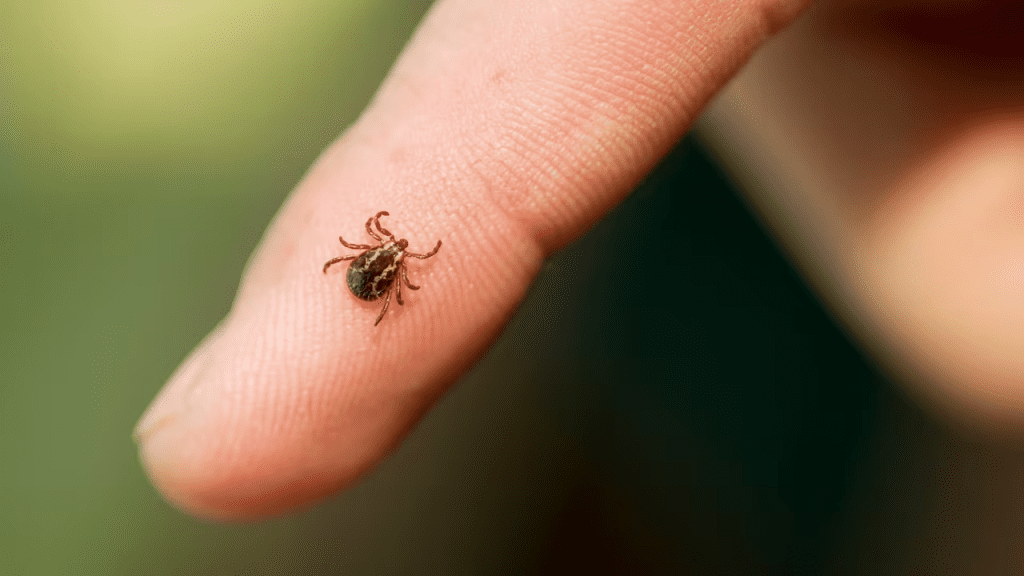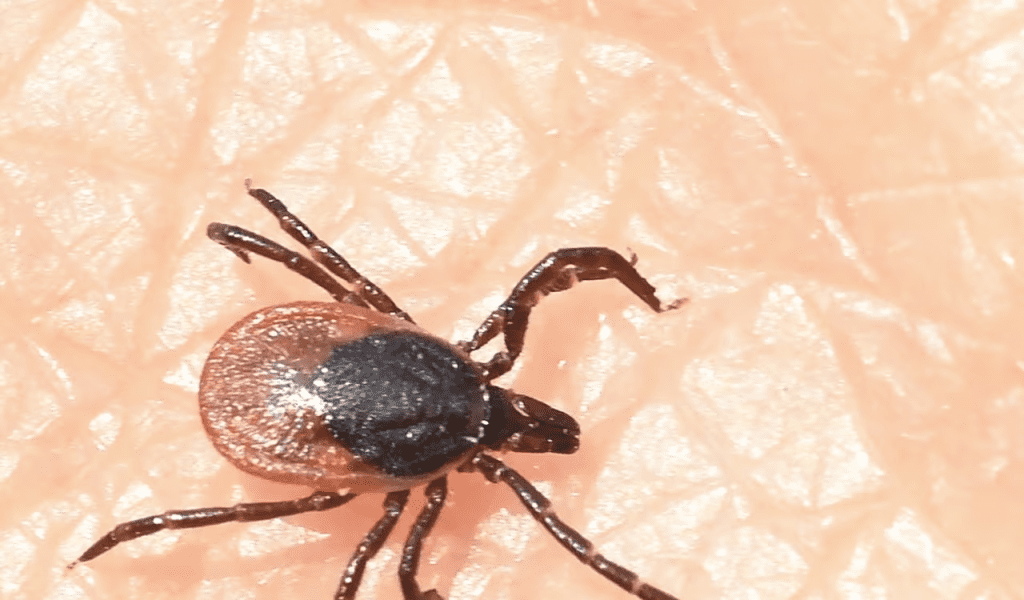Ticks are more than just outdoor pests; these tiny, blood-sucking arachnids can invade your home and turn it into their playground. While ticks are commonly associated with grassy fields and wooded areas, they can find their way into houses, seeking dark, damp, and cozy spots to settle in. The question is: where do ticks hide, and how can you evict these unwelcome guests for good?
Why Do Ticks Invade Your Home?

Ticks aren’t just outdoor pests; they’re opportunists. They invade homes when conditions favor their survival. Pets, clothing, or outdoor items can bring ticks indoors, where they seek refuge in environments that are dark, moist, and undisturbed.
What draws ticks indoors?
- Body heat and carbon dioxide: Ticks are attracted to warmth and the CO2 emitted by living beings.
- Moisture and darkness: These conditions mimic their natural outdoor habitats.
- Pets as carriers: Dogs and cats that roam outside can easily pick up ticks and bring them home.
Once inside, ticks find the perfect hiding spots to thrive and pose risks to both humans and pets.
Common Hiding Spots for Ticks in Your House
Ticks are masters of stealth, often hiding in areas you’d least expect. Here are the most common places they’re likely to settle:
- Carpets and Rugs: Ticks love the fibers of carpets, where they can burrow and stay hidden.
- Cracks and Crevices: Any gaps in flooring, baseboards, or walls provide ticks with the ideal shelter.
- Under Furniture: Ticks often hide under couches, chairs, and beds, especially in the corners where cleaning tools rarely reach.
- Pet Bedding: Your pet’s favorite sleeping spot can become a hotspot for ticks, especially if they’ve spent time outdoors.
- Curtains and Drapes: Ticks might climb up fabric to hide in folds or creases.
- Laundry Piles: Dirty or damp laundry can attract ticks, as it mimics the warm, moist conditions they prefer.
How to Get Rid of Ticks in Your Home
Eliminating ticks from your home requires a multi-step approach that involves cleaning, treating, and preventing their return.
1. Thoroughly Clean Your Home
Start by giving your home a deep clean to remove any hidden ticks.
- Vacuum all carpets and rugs: Pay extra attention to corners, edges, and under furniture. Dispose of vacuum bags immediately after use.
- Wash pet bedding and blankets: Use hot water and detergent to kill ticks and their eggs.
- Steam clean upholstered furniture: The heat from steam can kill ticks hiding in fabric or crevices.
- Mop hard floors: Use a disinfectant solution to clean all hard surfaces, especially around baseboards.
2. Use Tick Repellents Indoors
Repellents can help deter ticks from settling in your home.
- Natural remedies: Essential oils like eucalyptus, lavender, or cedarwood can repel ticks. Mix a few drops with water and spray it around your home.
- Chemical sprays: Use EPA-approved tick sprays or powders to treat carpets, furniture, and baseboards.
3. Treat Your Pets
Since pets are the most common carriers of ticks, their treatment is essential.

- Use vet-recommended tick preventatives: Options include topical treatments, collars, or oral medications.
- Bathe pets regularly: Use tick-specific shampoos to remove and repel ticks.
- Inspect pets after outdoor activities: Check their fur, ears, and paws for ticks, especially after walks or playtime outside.
4. Create a Tick-Free Yard
A tick-free yard means fewer chances of them entering your home.
- Trim grass and shrubs: Keep your lawn neat and remove overgrown vegetation, which serves as a tick haven.
- Install natural barriers: Use gravel or wood chips to create a buffer between your yard and wooded areas.
- Eliminate debris: Remove piles of leaves or wood where ticks may hide.
5. Use Nematodes for Natural Control
Introduce beneficial nematodes into your garden. These microscopic worms prey on ticks and other pests, providing an eco-friendly solution to reduce their population outdoors.
Preventing Ticks from Returning
Getting rid of ticks is only half the battle; keeping them out is equally important. Here’s how to prevent future infestations:
- Seal entry points: Inspect and seal cracks, gaps, and crevices around doors and windows to block ticks from entering.
- Clean regularly: Maintain a consistent cleaning schedule to eliminate potential hiding spots.
- Store outdoor items properly: Keep items like outdoor gear or firewood away from entrances to reduce the chance of ticks hitching a ride inside.
- Monitor pets: Use tick collars or treatments year-round to ensure your furry friends don’t bring ticks into the house.
Why Ticks Pose a Serious Threat

Ticks aren’t just nuisances; they’re carriers of diseases like Lyme disease, Rocky Mountain spotted fever, and ehrlichiosis. These illnesses can have serious health implications for both humans and pets. Spotting and removing ticks promptly reduces these risks and safeguards your family’s health.
Conclusion
Ticks may be small, but their impact can be huge if left unchecked. By understanding their hiding spots, employing effective cleaning and treatment methods, and taking preventive measures, you can reclaim your home and keep it tick-free.
Stay proactive, and don’t let these stealthy pests make themselves at home. A clean house, treated pets, and a well-maintained yard are your best defense against ticks—ensuring peace of mind for you and your family.


